Shopping Style
Business Casual Men Outfits How to Dress for Success in the Workplace
The way you present yourself in the workplace plays a crucial role in your professional success. While some industries have strict dress codes, others allow for more flexibility and creativity. This is where the concept of business casual comes in – a style that combines elements of both formal and casual attire. Business casual allows men to look polished and put-together while still feeling comfortable and expressing their personal style. However, it can also be a bit confusing and overwhelming for those who are used to strictly formal or casual dressing. In this article, we will guide you through the world of business casual men outfits and help you find the perfect balance between professional and relaxed.
1. What is Business Casual and When to Wear It?
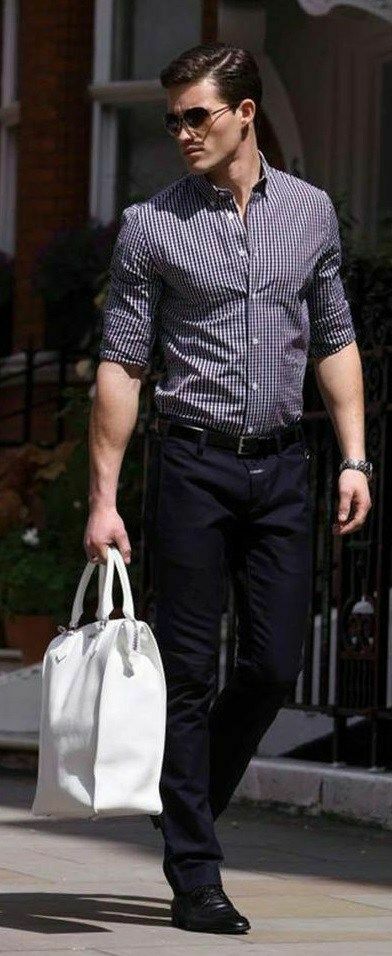
Understanding the Concept of Business Casual
Business casual is a dress code that falls somewhere between traditional business attire and casual wear. It was first introduced in the 1980s as a way to make work attire more comfortable and less restrictive. The term has evolved over the years and may vary depending on the specific company or industry. Generally, business casual attire should be neat, clean, and appropriate for a professional setting, but with a more relaxed and comfortable vibe.
When to Wear Business Casual
The most common occasion to wear a business casual outfit is during regular working hours in an office environment. It is also acceptable for meetings, presentations, and other formal work events that do not require a full suit and tie. Additionally, some companies may have specific days of the week designated as “casual Fridays,” where employees are allowed to dress down to business casual attire. It is essential to understand your company’s dress code policy and follow the guidelines accordingly.
Tips for Navigating Business Casual Attire
- Always make sure your clothes are clean, pressed, and in good condition.
- Pay attention to fit – clothes should be well-fitted but not too tight or baggy.
- Stick to neutral colors and classic patterns for a more professional look.
- Accessorize with simple and subtle pieces such as a watch, belt, or tie.
- Avoid anything too revealing, casual, or flashy.
2. The Basic Elements of Business Casual Attire
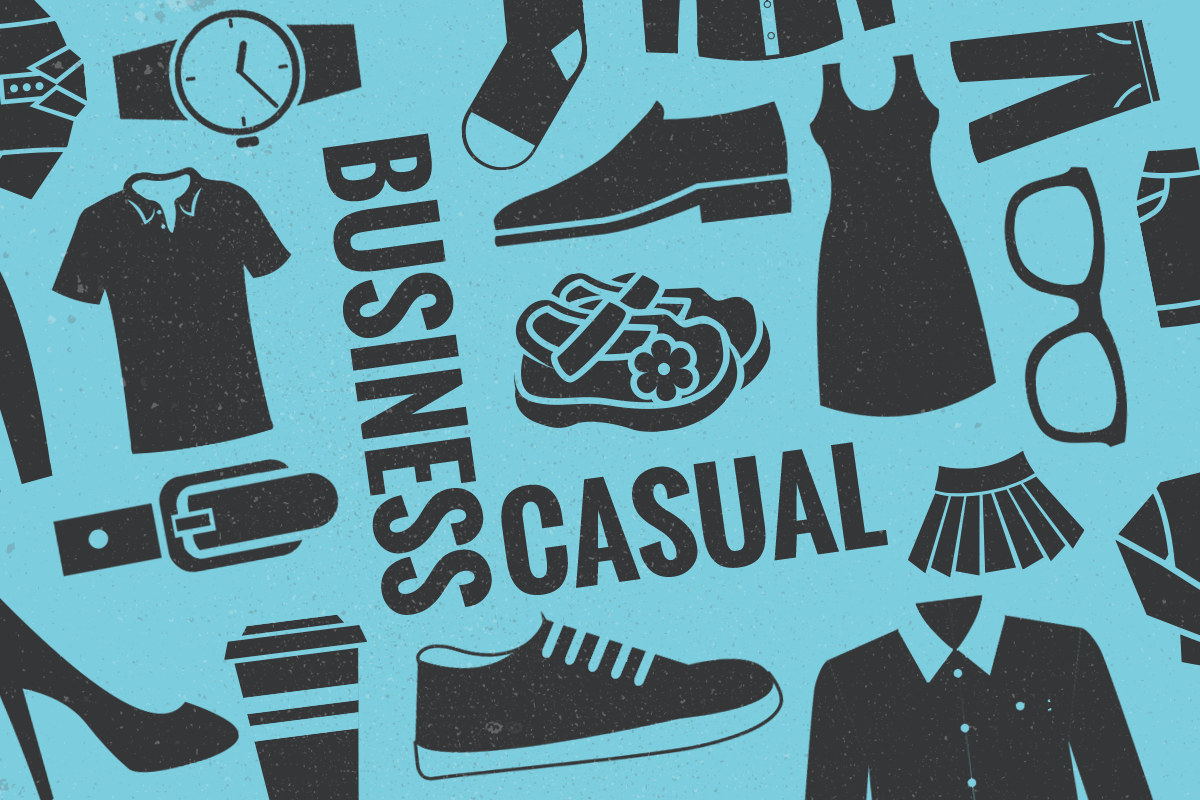
Tops
The most common top choice for business casual attire is a button-down shirt. Opt for solid colors or subtle patterns such as stripes or checks. Make sure the shirt fits well and does not have any wrinkles or stains. Turtlenecks, polo shirts, and sweaters can also be appropriate for a business casual outfit, depending on the company’s dress code.
Bottoms
For bottoms, men can choose from dress pants, khakis, or chinos. Stick to neutral colors such as black, navy, or grey for a more professional look. Make sure the pants are well-tailored and not too tight or baggy. Jeans may also be acceptable in some workplaces, but make sure they are not ripped, faded, or overly distressed.
Footwear
Shoes are an essential element of any outfit, and for business casual, it is important to choose the right pair. Oxfords, loafers, and dress boots are all suitable options. Avoid sneakers, sandals, or any shoes that are too casual or worn out. It is also crucial to keep your shoes clean and polished at all times.
3. Business Casual Outfit Ideas for Men
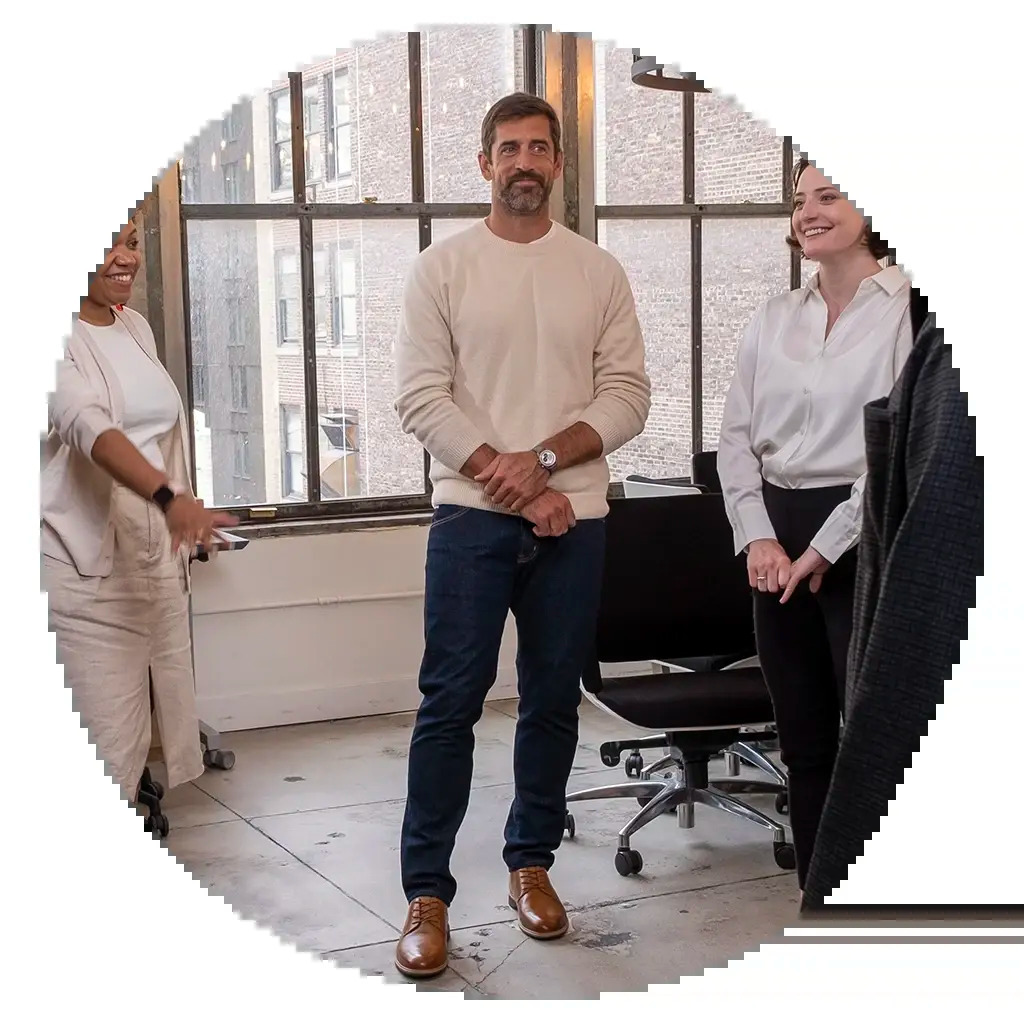
Look 1: Classic Business Casual
- Top: White button-down shirt
- Bottom: Navy dress pants
- Shoes: Black leather oxfords
- Accessories: Black leather belt, silver watch
This classic business casual look is perfect for a day at the office or any formal work event. The white shirt paired with navy pants gives off a professional yet relaxed vibe, and the black oxfords add a touch of sophistication. The simple accessories tie the whole look together.
Look 2: Casual Friday
- Top: Navy polo shirt
- Bottom: Khaki chinos
- Shoes: Brown leather loafers
- Accessories: Brown leather belt, sunglasses
For a more laid-back business casual look, opt for a polo shirt instead of a button-down and pair it with khaki chinos. The brown loafers add a touch of casual elegance, and the sunglasses are perfect for those sunny “casual Fridays.” This outfit is comfortable, stylish, and still appropriate for a professional setting.
Look 3: Winter Business Casual
- Top: Burgundy sweater
- Bottom: Grey dress pants
- Shoes: Black dress boots
- Accessories: Black leather belt, beanie hat
In colder months, you can still rock a business casual outfit while staying warm and cozy. A burgundy sweater adds a pop of color to an otherwise neutral outfit, and the dress boots keep it office-appropriate. Don’t forget to accessorize with a beanie hat for extra warmth and style.
FAQs
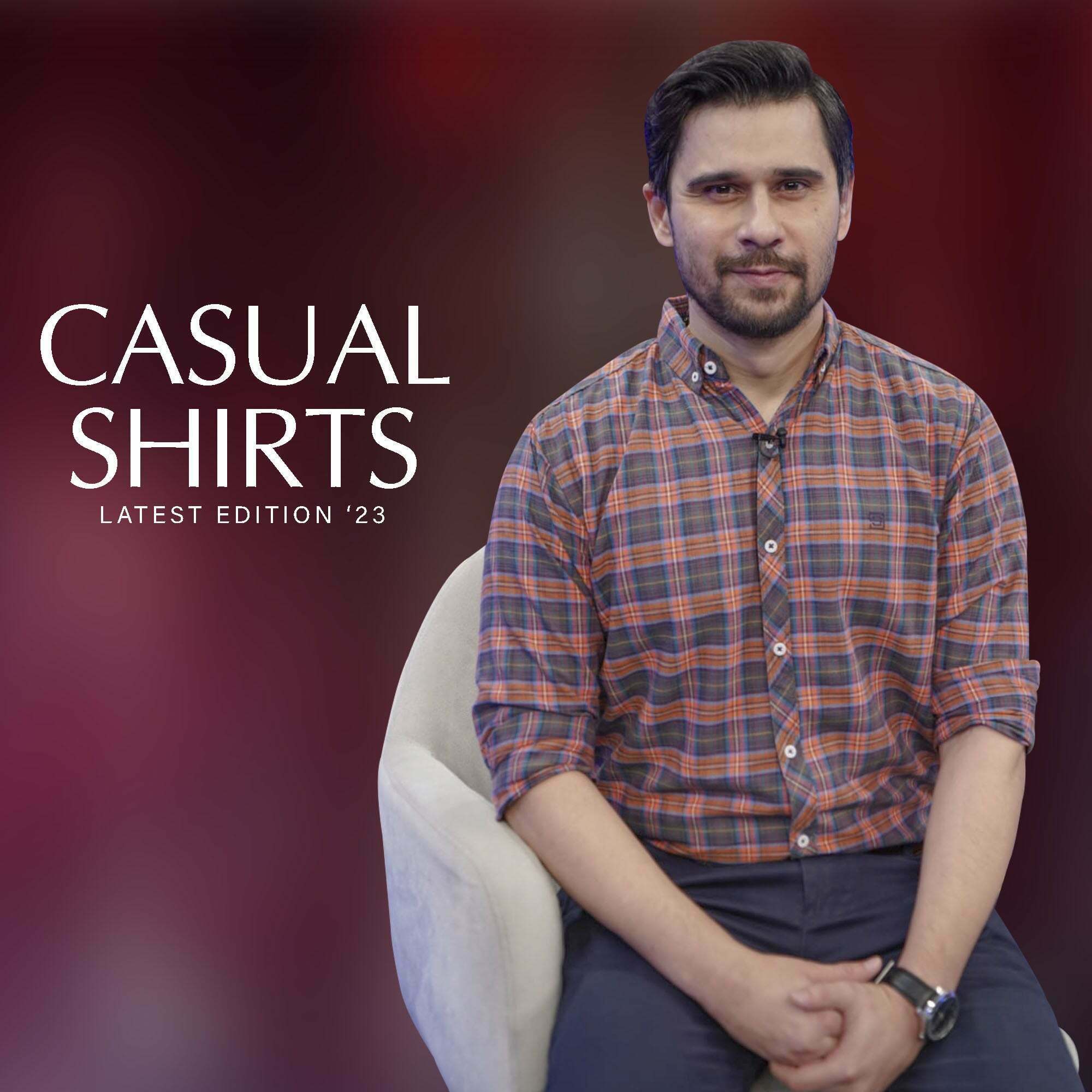
What should I avoid wearing in a business casual environment?
Avoid anything too revealing, casual, or flashy. This includes tank tops, t-shirts, shorts, flip flops, and any clothes with offensive language or graphics.
Can I wear a tie with a business casual outfit?
It depends on the specific company and occasion. In most cases, a tie is not necessary for a business casual dress code, but if you want to add a touch of formality to your outfit, you can wear a tie as long as it fits well with the rest of your ensemble.
Can I wear jeans in a business casual environment?
Some companies may allow jeans as part of their business casual dress code, but make sure they are clean, well-fitted, and free of any rips or distressing. It’s always best to check with your company’s dress code policy before wearing jeans to work.
Is it acceptable to wear sneakers in a business casual setting?
Sneakers are generally not considered appropriate for a business casual outfit. However, some companies may have more lenient dress codes that allow clean and understated sneakers as part of a business casual look. It is best to check with your company’s dress code policy beforehand.
Can I accessorize with jewelry in a business casual outfit?
Yes, you can accessorize with simple and subtle pieces such as a watch, belt, or tie. Avoid anything too flashy or distracting, and make sure your accessories complement your overall outfit.
Conclusion
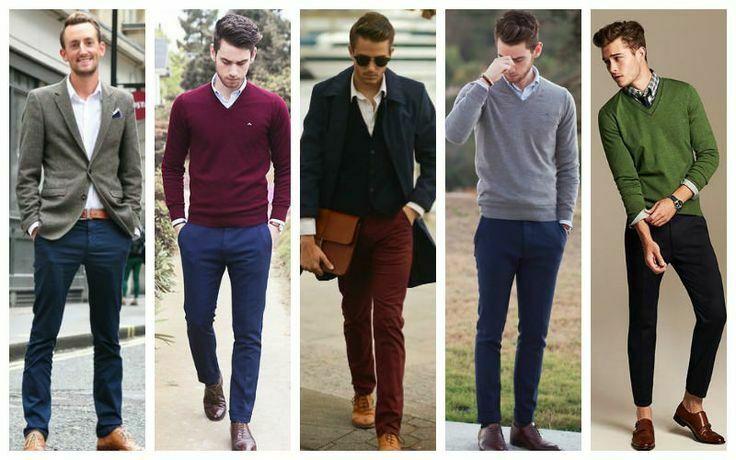
Dressing in business casual attire allows men to look professional and put-together while still feeling comfortable and expressing their personal style. By understanding the concept of business casual, knowing when to wear it, and following some basic guidelines, you can easily navigate this dress code and create stylish and appropriate outfits for any workplace. Remember to always pay attention to fit, avoid anything too revealing or casual, and add some simple accessories to complete your look. With these tips and ideas, you’ll be dressing for success in no time!
